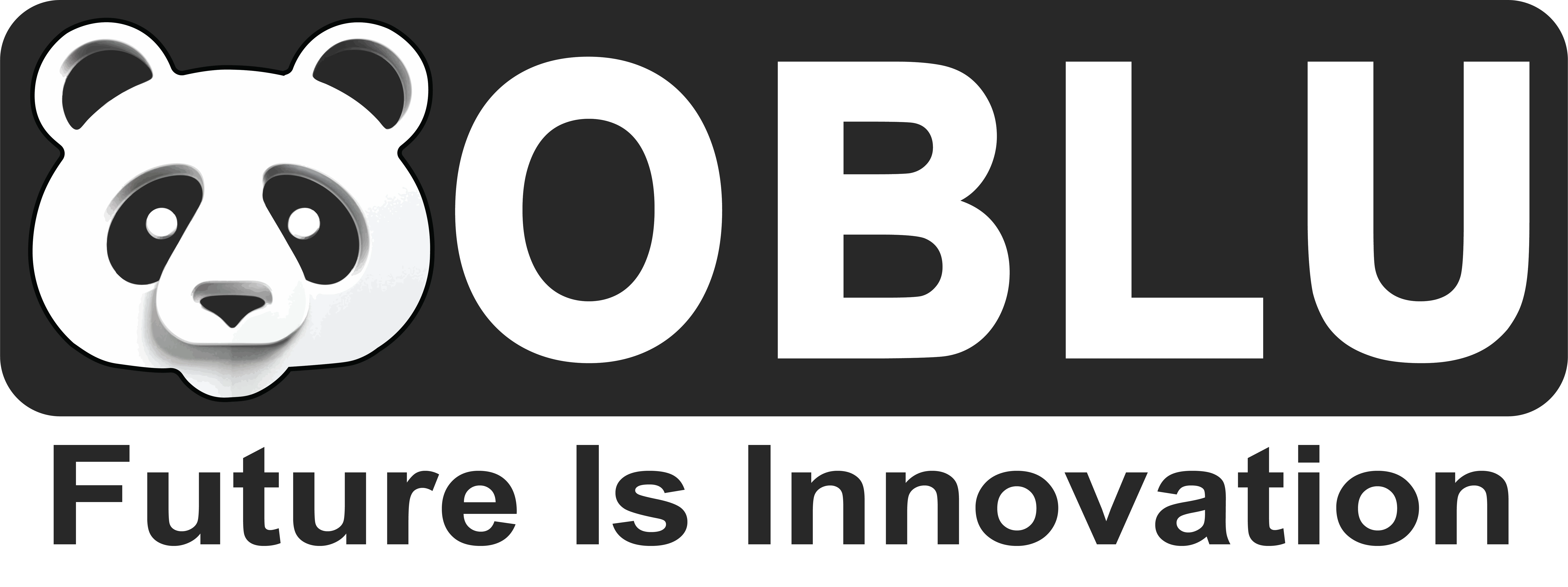Clear aligners have transformed modern orthodontics by offering patients a comfortable, aesthetic, and removable alternative to braces.The right sheet ensures accurate fit, consistent force delivery, long-lasting clarity, and overall patient comfort throughout treatment.
With several materials and brands available today — from PETG and polyurethane to advanced multi-layer composites — choosing the best aligner sheet can feel overwhelming. Factors like transparency, biocompatibility, wear resistance, and forming behavior all play a crucial role in determining whether your aligners deliver predictable and effective results.
This guide breaks down the key properties of a good aligner sheet and highlights top brands trusted by orthodontists worldwide, helping you make an informed decision for your practice or lab.
Key Properties to Check When Selecting a Sheet
|
Property |
Why It Matters |
|
Material Type (PETC, PETG, Polyurethane (PU), Multi-layer) |
Different materials offer different stiffness, flexibility, clarity, and wear-resistance. PETG is common; PU or multi-layer sheets can give better comfort, stain resistance, and resilience. |
|
Thickness / Gauge |
Thicker sheets provide more orthodontic force but can be harder to insert and less comfortable; thinner sheets are more comfortable but may lose rigidity. Common thicknesses are 0.6–1.0 mm, chosen depending on case requirements. |
|
Clarity / Optical Transparency |
Patients expect nearly invisible aligners. High optical transparency, minimal haze, and resistance to yellowing are critical for aesthetics. |
|
Biocompatibility / Certification |
Sheets must meet FDA, CE, or ISO standards, ensuring safety, non-toxicity, and compatibility for long-term intraoral use. |
|
Forming Behaviour / Distortion |
A good sheet forms precisely over the model without excessive shrinkage or distortion, preserving the treatment plan’s accuracy. |
|
Wear-resistance / Crack Resistance |
Aligners face daily stress from insertion, removal, and chewing. The material should resist cracks, micro-fractures, and deformation to maintain consistent force delivery. |
|
Ease of Trimming / Polishing / Finishing |
Smooth finishing reduces chairside time and ensures patient comfort, minimizing the risk of soft-tissue irritation. |
|
Stain Resistance & Moisture Absorption |
Modern sheets also offer improved resistance to discoloration and moisture absorption, maintaining aligner clarity and hygiene for longer. |
Top Brands / Materials to Consider
Here are some aligner sheet brands and materials widely recognized for quality:
|
Brand / Product |
Material Type / Unique Features |
Strengths |
|
Erkodur |
PET-G thermoplastic from Erkodent (Germany) (via MedEquip India) |
Excellent clarity, good elasticity, non-hygroscopic, stable mechanical properties. A trusted, premium option for orthodontists worldwide. |
|
Leone (SpA, Italy) |
PETG / Polycarbonate sheets (via Libral Traders) |
Reliable quality with multiple thickness options. Widely used in European labs for consistent aligner fabrication. |
|
Taglus Premium / Taglus PU Flex |
PETG (Premium) & homogeneous PU / hybrid material (PU Flex) (via Taglus, Maikuro Technologies) |
Premium: 91% light transmission, stain-resistant, rigid yet comfortable. PU Flex: crack-resistant, more flexible, improved patient comfort. |
|
Metro Flex |
Thermoplastic polyurethane (TPU) sheets, single & multi-layer (via Metro Orthodontics) |
Superior crack resistance, flexibility, and comfort. Ideal for patients with high insertion/removal cycles. |
|
Multi-layer polyurethane composite |
Widely known internationally for its unique “soft-hard” layering that provides both force control and patient comfort. Premium option for advanced practices. |
|
|
Duran (Scheu Dental, Germany) |
PETG material |
High clarity, excellent forming properties, widely used in labs. Known for precision thermoforming and consistent thickness. |
|
Biolon (Scheu Dental, Germany) |
Polycarbonate sheets |
Very high force retention and mechanical strength, making it ideal for retention appliances and demanding aligner cases. |
Choosing the Right Sheet for Your Practice
-
Start with PETG (Taglus Premium, Erkodur, Duran) if you’re setting up or doing standard cases. It’s affordable, clear, and reliable.
-
Upgrade to PU-based sheets (Taglus PU Flex, Metro Flex, Zendura FLX) for patients requiring higher comfort, longer wear, or reduced risk of cracks.
-
Use multi-layer sheets when you want a balance between rigidity and elasticity over the course of treatment.
-
Stock multiple thicknesses (0.6 mm, 0.75 mm, 1.0 mm) to handle different case needs — lighter movements vs. more complex force requirements.
Practical Tips
- Consistency is key: Always buy from verified distributors like Oblu, Libral Traders, Maikuro Technologies, or MedEquip to avoid counterfeit sheets.
- Check storage conditions: Keep sheets in a dry, cool place to avoid warping or moisture absorption before thermoforming.
- Trial and error: Some practices experiment with different sheet brands and thicknesses to fine-tune their workflow before standardizing.
- Patient comfort: Consider alternating between slightly rigid and more flexible sheets across stages for better compliance.
For orthodontists and dental labs looking for quality and reliability, Oblu Healthcare is a trusted partner. They provide a complete ecosystem for clear aligner manufacturing, including:
- Aligner Sheets: Premium options like Taglus, Erkodur, Metro Flex, and Zendura FLX.
- 3D Printers & Resins: High-resolution printers and biocompatible resins for accurate models.
- Intraoral Scanners: Fast, accurate scanners for digital impressions and workflow integration.
- Thermoforming Machines & CAD Software: Tools to streamline the entire aligner fabrication process.








